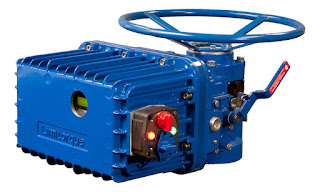 Neles Controls, a unit of Metso Automation, is a manufacturer of high quality rotary control valves,
Neles Controls, a unit of Metso Automation, is a manufacturer of high quality rotary control valves, on/off valves, actuators, positioners, emergency shutdown valves (ESD), digital valve position
control products and severe service specialty valve products.
Their product mix includes:
- Control Valves
- Globe Control Valves
- On-Off Valves
- ESD Valves, Engineered Valves
- Smart Positioners
- Analog Positioners
- Pneumatic Actuators
- Electric Actuators
- Limit Switches
Below is their comprehensive Flow Control Solutions catalog. You may review the embedded document, or download a PDF version of the Neles Flow Control Solutions here.

